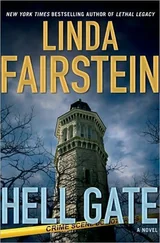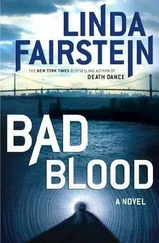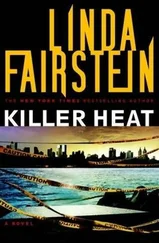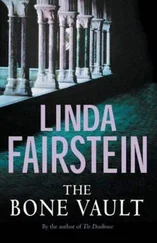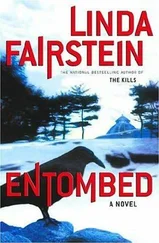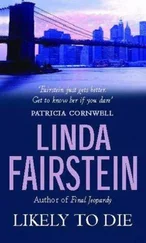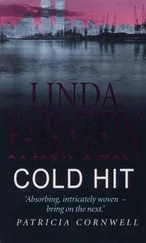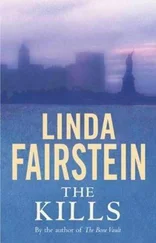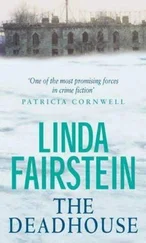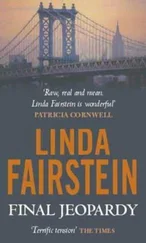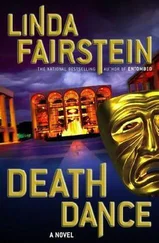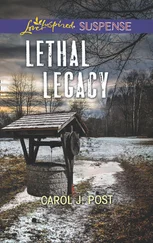“I’m yours for the day,” I said.
“Start making your wish list. Your afternoon itinerary,” Mike said, opening Jill’s office door. “I just need to call the morgue and see when they’re going to autopsy Barr, grab Mercer, and then we’re off.”
Jill was sitting in the alcove of the executive suite. She stood up as we came toward her, and Mike asked if he could use the phone on the desk.
I was staring at a portrait that hung on the end wall of the narrow room as Mike dialed.
“Jasper Hunt,” Jill said to me. “The First. Done by the great Thomas Eakins, while he was teaching in New York at the Art Students League in the 1880s.”
It wasn’t the striking figure of Hunt that had caught my attention.
“Look at that, Mike,” I said. “Look at his hand.”
“I’ll be damned. It’s Hunt and his armadillo.”
“Armillary, not armadillo,” Jill said, in a humorless effort to correct Mike. “The brass rings represent the principal circles of the heavens.”
I walked closer to look at the detail. Jasper Hunt’s hand was resting on the brass skeleton of the sphere.
“It’s the one.” There was no question from the markings and detail portrayed that it was the weapon that had killed Karla Vastasi.
“You know the painting?” Jill asked. “We’re so fortunate that Mr. Hunt gave this to us. You don’t see many Eakinses outside of Philadelphia.”
I couldn’t think of anything else except connecting the lethal antique to Jasper Hunt himself. But Jill continued explaining the significance of the art to us.
“Important men often had their portraits done with their armillaries. It was such a complex device that it was used to represent the height of wisdom.”
“Sit tight for a few hours, Jill. We’ll call you later.” Mike hung up the phone. “Saddle up, Coop.”
He broke into a run and I trailed behind him, out of the executive suite, down the great staircase to the lobby. “I’m all turned around,” he said. “Which way is the map division?”
I pointed to the north end of the hall and tried to stay with him as he picked up speed. He threw open the door and startled Bea, who was sitting at her computer.
“How long will it take you to work up a historical footprint?”
“Depends on the location. You picked a good day, Detective,” she said, winking at him. “I seem to have some time on my hands. What’s the address?”
Mike gave her the number of the brownstone on East Ninety-third Street in which Tina Barr had last lived, the building in which Karla Vastasi had been murdered.
“There’s a whole row of houses there that have been in the Hunt family for more than a hundred years. Tell me anything about those properties you can learn from your maps, Bea. Dig me up some footprints as fast as you can.”
It was only eleven-thirty in the morning, but I felt as though a week had passed since Mike called me about Tina Barr’s body.
A patrol car had backed in to the receiving bay of the library and the three of us were able to get through, without incident, the crowd of photographers, reporters, and local ghouls feasting on rumors of the dead girl in the park.
Mike examined the key wrapped in his handkerchief. It was old-fashioned-a long, cylindrical shaft with a notched tip, and an ornate bow to grasp and turn.
“You got an evidence bag?” he asked the driver of the patrol car.
“Yeah.”
Mike dropped the key in the manila envelope and made a note of the cop’s name and shield number. “Get this down to the lab right now and voucher it. Ask for Ralph Salvietti. He’s been assigned to the case. Tell him Chapman needs this yesterday, okay?”
It was a short drive up Park past the corner of Fifty-ninth Street, where a new luxury tower had opened a couple of years ago amid the stately old buildings that lined the avenue for the next thirty-five blocks.
We were throwing out ideas as we walked to the building, adding to the ever-growing list of chores.
“Who’s going to check with the shipping companies and post office to see whether Tina mailed some of her belongings off, like to her mother?” I asked. “She must have done something with her possessions when she cleaned out of the apartment.”
“I got Al Vandomir doing postal, UPS, FedEx, and all the storage locations near the apartment and the library,” Mercer said.
Every item one of us thought to add to the list led to three or four more. The squad working on each murder-Karla Vastasi and now Tina Barr-would be expanded to a task force and the media would pump up the fear factor across the city. Any witnesses we couldn’t reach today would be on notice of the scope of the investigation by the time the morning news dropped on their doorsteps.
I asked the concierge for Jonah Krauss’s office, and we were directed to the forty-third floor. The elevator interior was sleek and high-tech, with two small-screen televisions-one that ran the local all-news station and the other, a stock ticker.
When we got off, an attractive young receptionist greeted us with a polished plastic smile. “How may I help you?”
Over her head was a sign with the company name and logo: MONTAUK WHELK MANAGEMENT.
“We’re here to see Mr. Krauss.”
She looked at a schedule on her desk and frowned. “Is he expecting you?”
“It’s a condolence call,” Mike said. “One of those sudden-death things.”
“Oh, my,” she said, startled by the news. “Jonah is in the gym. He should be finished there in a few minutes. Is it somebody close to him? May I tell him about it?”
“Thanks, but we’ve got to do it ourselves,” Mike said. “What block is the gym on? We can pick him up.”
She pointed at a frosted-glass door twenty feet away. “It’s right there. But he’s wheels-up from the Thirty-fourth Street heliport in an hour and I’ve got to get him there. Are you guys the police or something?”
“Something. And I’m wheels-up from the morgue at four o’clock, so we should be fine.”
The girl swallowed hard and told us to take a seat.
“What’s a hedge fund, anyway?” Mike asked me.
I sunk into a leather sofa and took my lip gloss out of my pocket. “They’re private investment funds, usually only open to a limited range of investors. Hedge funds are exempt from direct regulation by the SEC, the way brokerage firms or mutual funds are managed. So they’re considered riskier than a lot of traditional investments.”
“Riskier how?”
“They often invest in distressed securities-like companies going into bankruptcy. Many of them aren’t very transparent, since they don’t have to disclose their activities to regulators. Sort of secretive.”
“Like you, Coop,” Mike said. “Krauss runs one?”
“The thumbnail sketch on the library contact sheet said Krauss manages hedge funds. Forty-six years old, graduate of Dartmouth, with homes in Manhattan, Montauk, and Lyford Cay. Still on his first wife-Anita.”
“That’s refreshing,” Mercer said.
“And still wanting to use his new money to elbow out the good ole boys on the board to be the chair, according to Alger Herrick.”
“Don’t you think it’s supposed to be wealth management?” Mike asked me, looking at the firm’s name on the wall sign.
“I get that all the time,” the girl said, looking up at Mike. I hadn’t realized she could hear us talking. “Don’t you know what a channeled whelk is?”
Mike reached for one of the candies in a silver bowl on her desk. “I’m drawing a blank.”
“They’re these clams that are in the ocean all over the eastern tip of Long Island, and the white part of the whelk is the most valuable. That’s what wampum comes from-you know, Native American money. And Jonah is from Montauk, so it’s his play on words.”
Читать дальше

